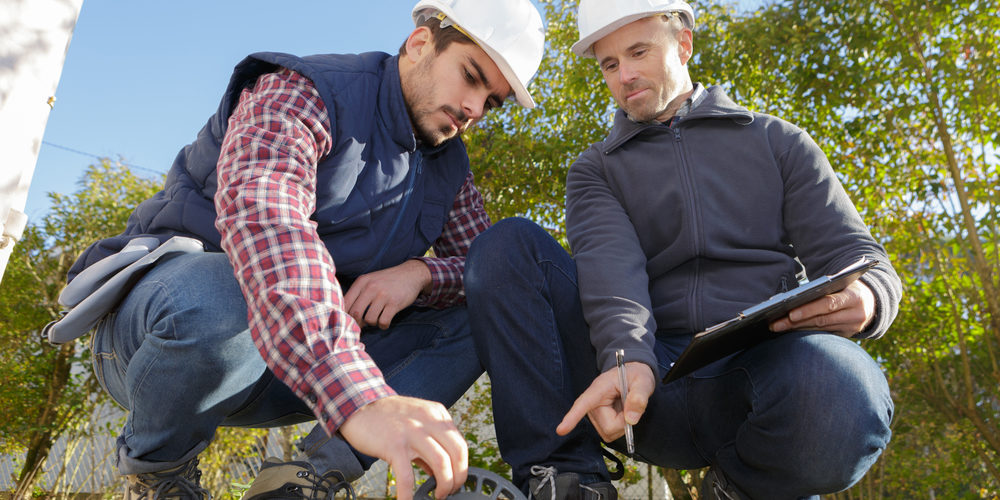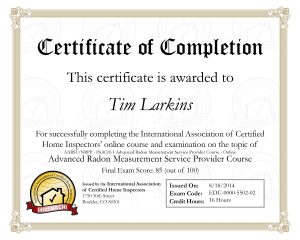If you have overflowing appliances, a clog in your drain or any other plumbing problem, your first course of action should be to call a plumber. While you may not be able to see into your sewer line, plumbers have tools that allow them to see in the pipes to diagnose your problem. This is known as a sewer camera inspection.
Sewer Camera Basics
Sewer camera inspections involve a sewer video camera connected to a flexible cable. The plumber will insert the cable into the sewer line. Since sewer lines are generally under your home’s foundation, there can be a five-inch concrete slab or two feet of dirt over top of them. The only noninvasive way to inspect the sewer line is with the use of a camera. The plumber snakes the camera into the pipe and uses an above-ground monitor to view the inside.
Sewer Camera Uses
Sewer camera inspections can be effective in locating sewer lines. While the camera may be underground, there is a special signal receiver above ground that always allows the plumber to pinpoint the camera’s location. These cameras do not only locate the line, but they can also help you to determine the type of system that you have. When the plumber runs the camera, he or she can tell if you have cast iron pipes or PVC pipes.
When a sewer pipe works how it’s supposed to, it uses gravity. The pipes all flow downhill to the waste treatment center. A healthy sewer line, all of the water, waste and debris flows down the pipe. If your pipes are not draining, then plumbers can use the sewer camera to find the blockage. They can quickly pinpoint roots, broken pieces of pipe, mud or any other blockages and come up with a solution.
A camera allows the plumber to see all of the connections, including fittings and tees. If you need to see where the water flows to and from, the camera can help you identify those areas.
No matter the plumbing problem, there is almost always a solution! With the right diagnostic tool, such as a sewer camera, a plumber can solve your problems.




